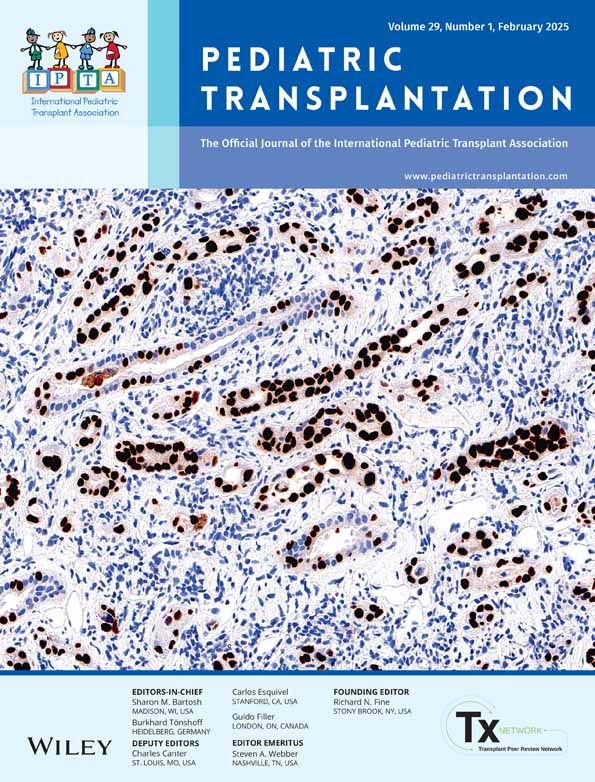CMV Reactivation Following Allogeneic Transplantation in Children From a High-Seroprevalence Population: A Single-Center Experience in Colombia
Funding: The authors received no specific funding for this work.
ABSTRACT
Introduction
Cytomegalovirus (CMV) infection is a frequent complication among hematopoietic stem cell transplant (HSCT) recipients. Data regarding CMV reactivation in children in underdeveloped countries is scarce. This is especially notable considering the increasing utilization of haploidentical-related HSCT with the post-transplant cyclophosphamide platform. This study aimed to describe the incidence, clinical characteristics, and evolution of children with CMV reactivation after HSCT and the possible impact of unmanipulated stem cells with PTCy for GvHD prophylaxis.
Methods
Retrospective cohort study of children undergoing hematopoietic stem cell transplantation from January 2012 to June 2022. Baseline characteristics and the clinical course were described. Duration of treatment, initial viral load, and time to clearance of DNAemia by type of transplant were compared using the Kruskal-Wallis test. Survival analysis was performed with the Kaplan–Meier method and log-rank test. All statistical analysis was performed using SPSS software, version 20.0.
Results
One hundred sixty-six children were included. Among them, 87% of recipients and 88% of donors were CMV positive. The cumulative incidence of cytomegalovirus DNAemia was 28% at 100 days post-transplantation. There were no differences between different donor types. Overall survival at 1 year was 60%, and non-relapse mortality was observed in 28%. CMV reactivation did not appear to negatively impact 1-year overall survival (OS).
Conclusions
Our study found no differences in CMV reactivation rates, treatment duration, viral clearance times, co-infections, or 1-year overall survival across different HSCT donor types. Studies are needed to establish more precise criteria for monitoring recipients, particularly in regions where unmanipulated stem cells with PTCy for GvHD prophylaxis are increasing.
Conflicts of Interest
The authors declare no conflicts of interest.
Open Research
Data Availability Statement
The data that support the findings of this study are available on request from the corresponding author. The data are not publicly available due to privacy or ethical restrictions.




